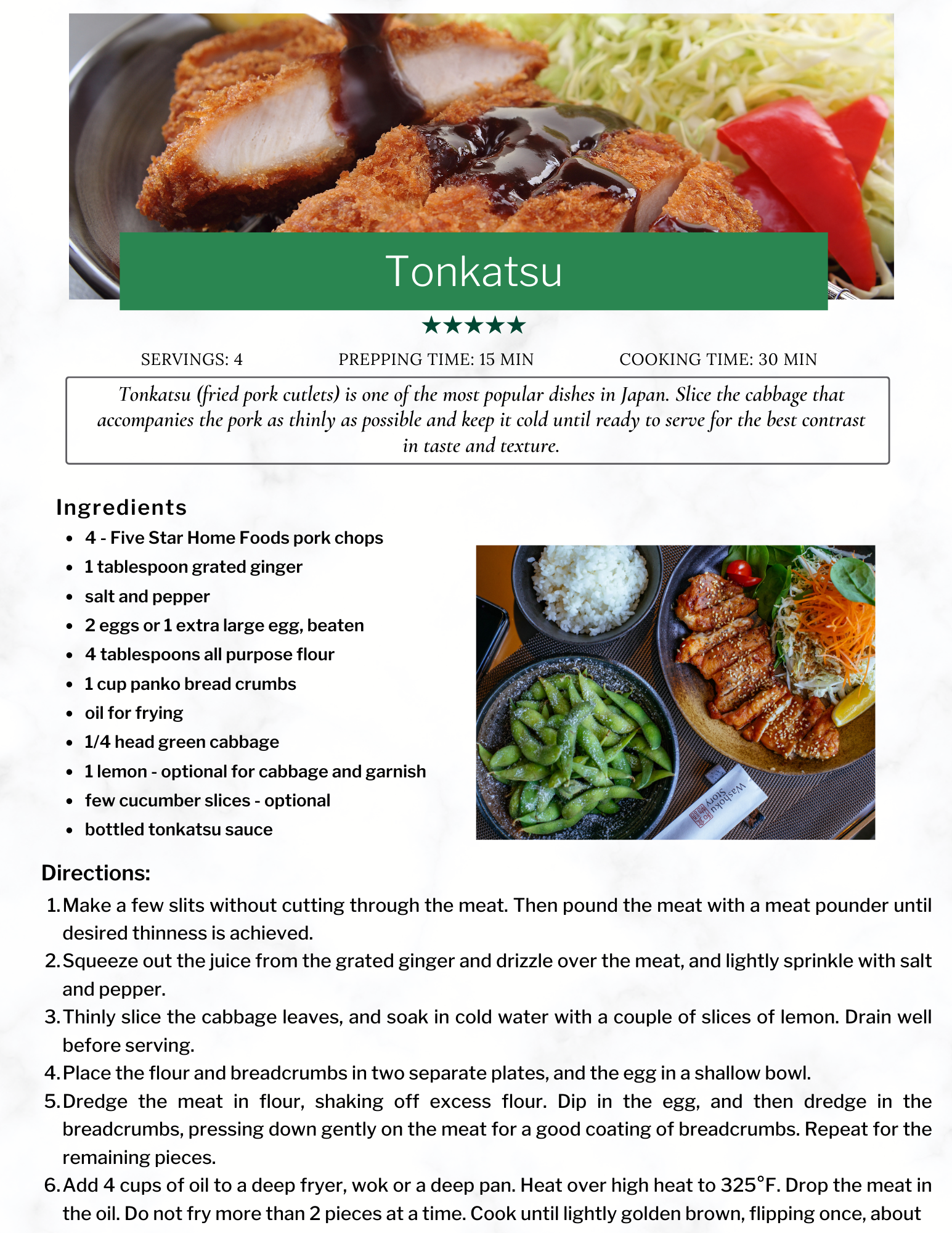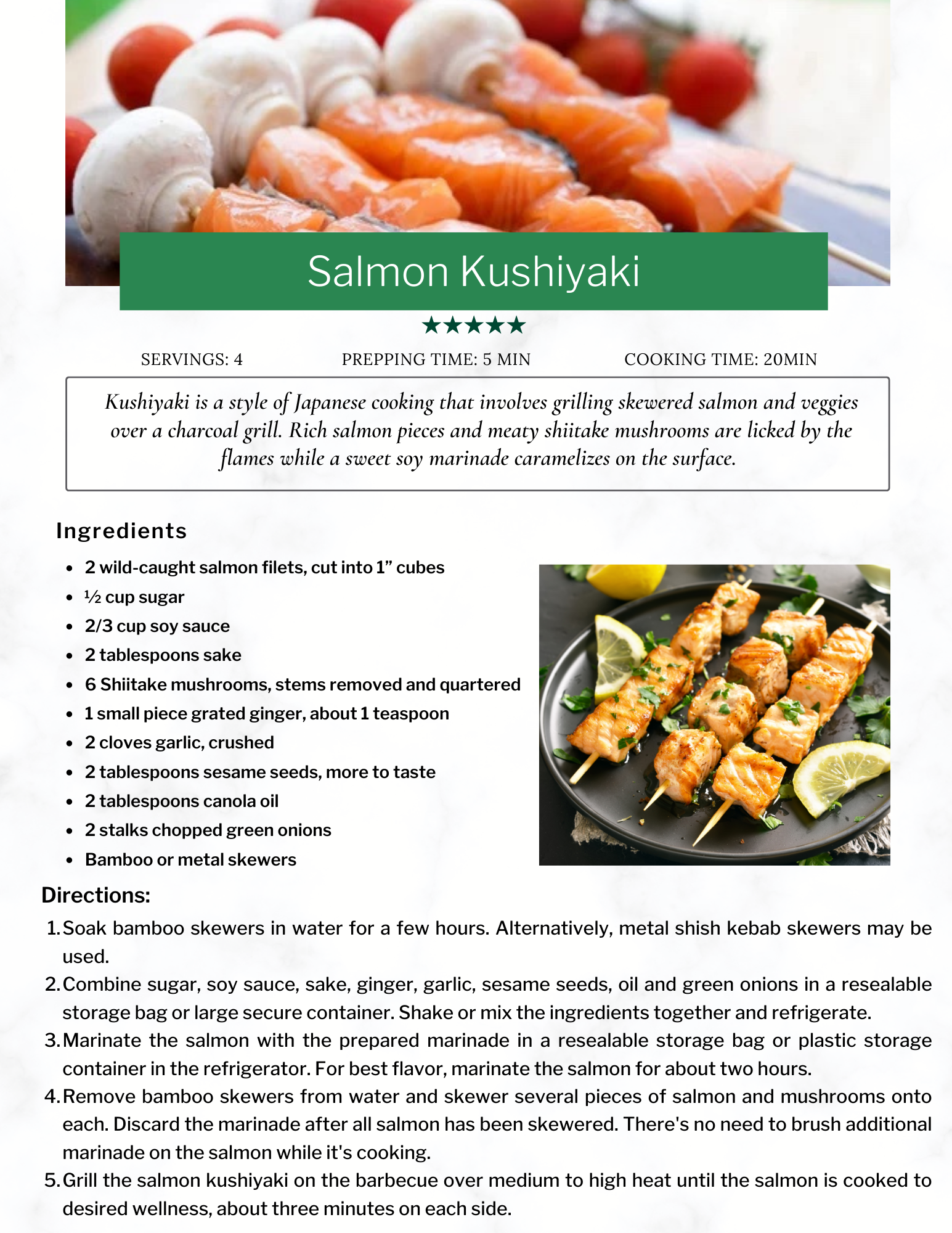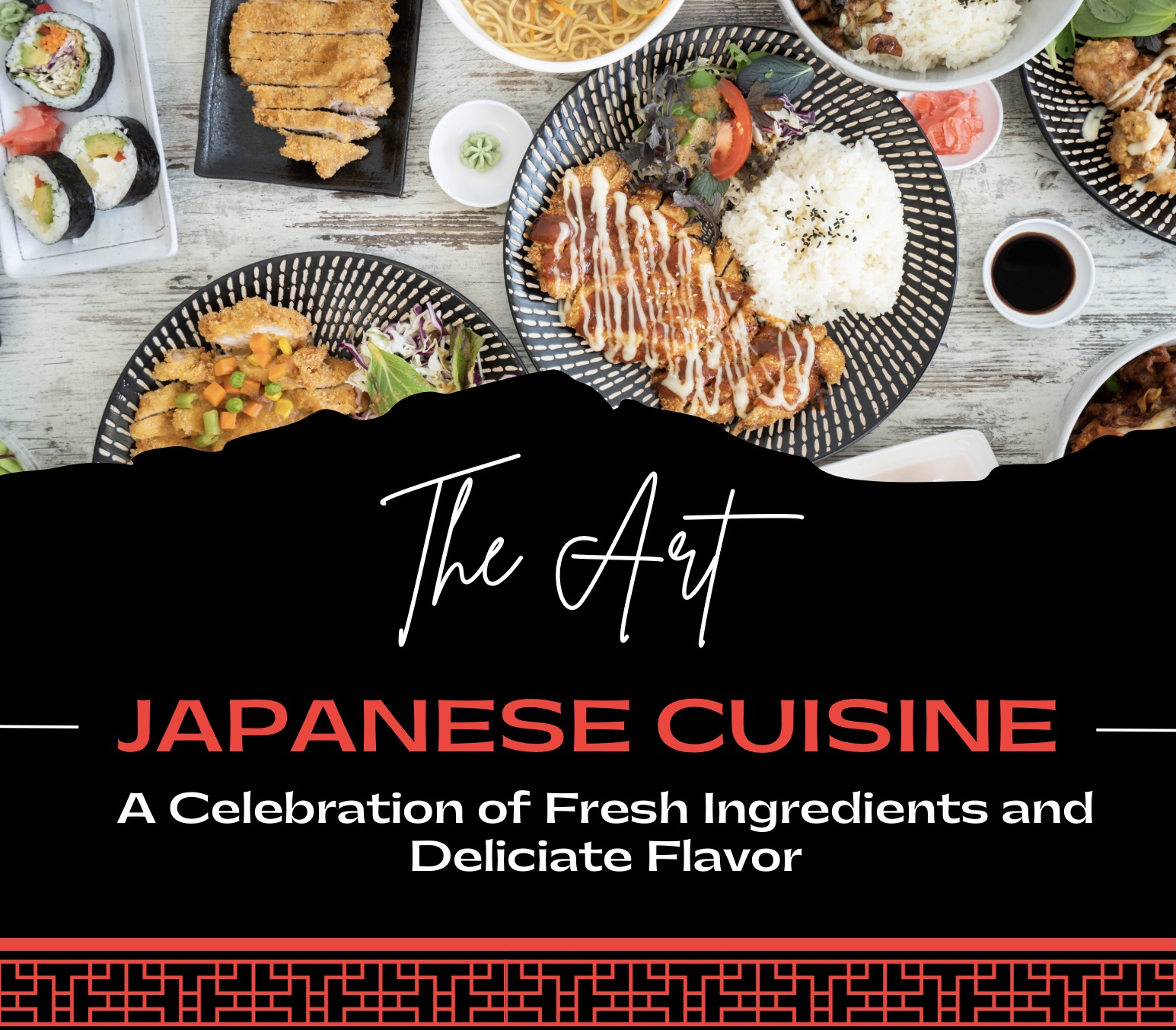
Japanese Cuisine & Culture
Japan is known for its rich food culture and unique cuisine, which reflect the country’s sensitivity to the environment and abundance of natural resources. This is reflected in their use of fresh, seasonal ingredients in their cooking as well as a focus on sustainable food production and preparation practices. Japanese people take great pride in their food, not only for its delicate flavors but also for the health benefits and cultural significance it provides. The zen of Japanese cuisine emphasizes harmony and balance between time-honored traditions and the nourishment of the planet through sustainability.
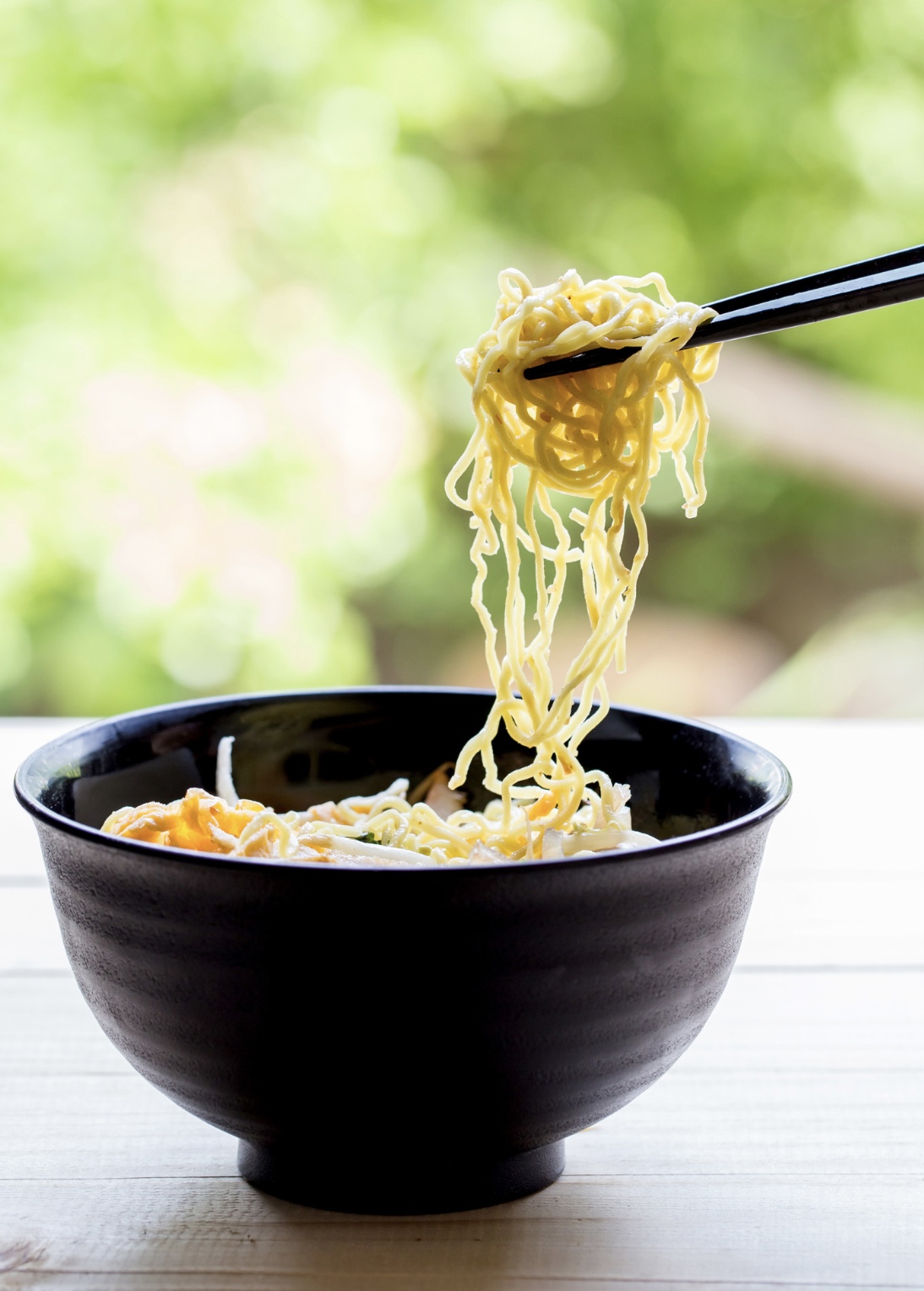
Living in Harmony With Nature
Animal welfare is an important consideration in Japanese agriculture, and farmers take great care to ensure the health and well-being of their animals. They see that their animals receive a balanced and nutritious diet, do not receive hormones or antibiotics, and are free range. This strong commitment to animal health results in high-quality, all-natural meat for the consumer. Japan’s commitment to sustainability in food production continues with its aquaculture industry. Japan is one of the world’s largest producers of seafood, with a focus on sustainable fishing practices that protect marine ecosystems and preserve the country’s fishing resources for future generations. This includes the use of closed systems for fish farming, which reduces the risk of contamination and minimizes waste, as well as the use of advanced technology to monitor and regulate the health and growth of the fish.
Sustainability on the Menu
Sustainability has long been an important aspect of Japanese food culture, as Japanese farmers and fishermen have recognized the importance of preserving food for later use, especially during times when fresh ingredients may not be available. The traditional methods of pickling, fermenting, and salting not only extend the shelf life of the food but also enhance its flavor and nutritional value. However, frozen foods are often used in Japanese cuisine as a convenient and time-saving ingredient. For example, frozen seafood such as shrimp, squid, and scallops and frozen vegetables such as spinach and edamame are commonly used as they are easy to prepare and can be used in a variety of dishes.
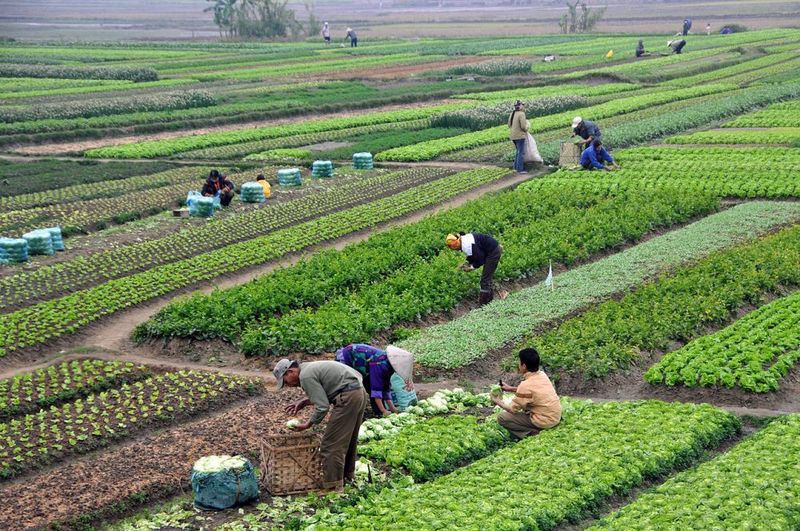
Savoring Traditions
Traditional Japanese cuisine is based on fresh ingredients and minimal processing, allowing the natural flavors of the food to be enjoyed. Fish, rice, noodles, and vegetables are some staples that make up the basis of most Japanese diets. Tofu, fruits, seaweed, eggs, and meat are also common components of Japanese cuisine.
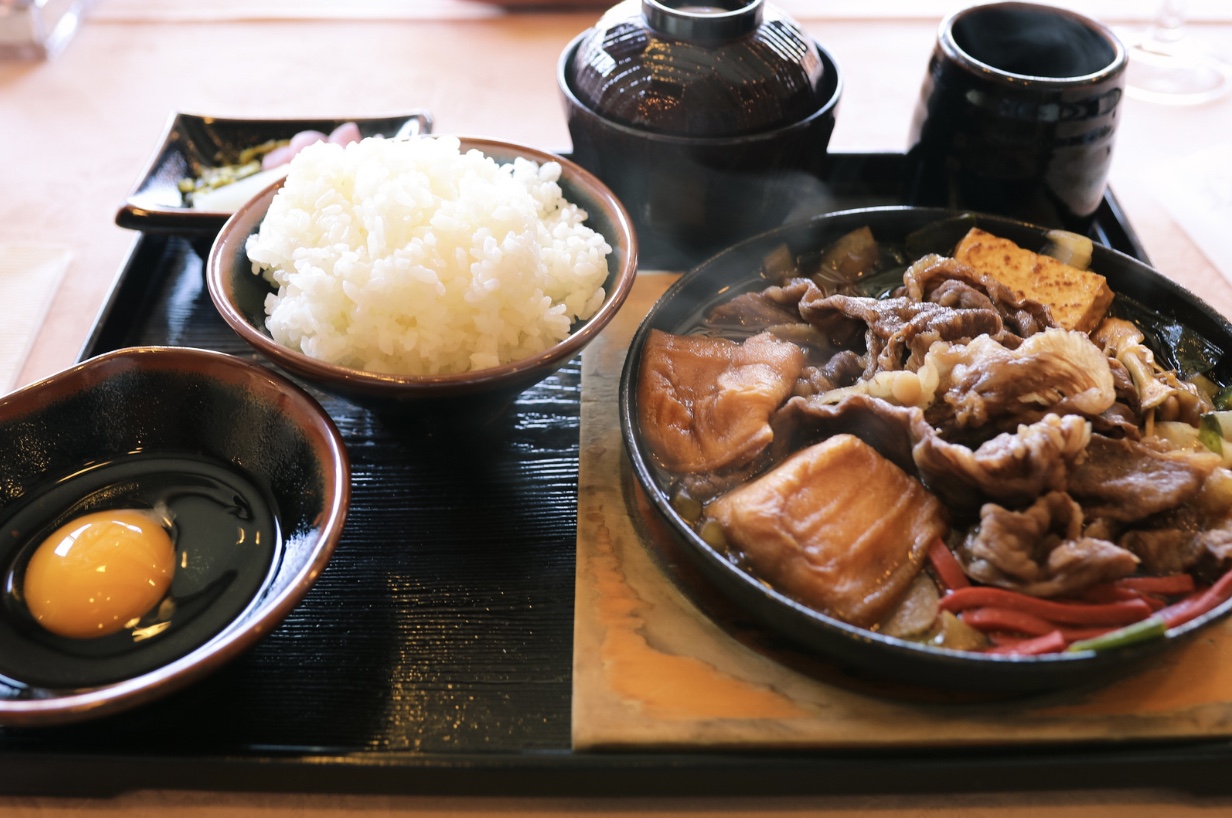
Washoku, the Japanese culinary philosophy, revolves around the concept of seasonality. Japan has four distinct seasons—spring, summer, autumn, and winter—each with its own unique offerings of fruits, vegetables, seafood, and more. Washoku is about appreciating those seasonal foods and connecting with nature in the process. Washuko consists of five principles offered at each meal. Every Japanese meal should include each of the five color groups, elements of the five modes of food preparation, and the five flavors of salty, sweet, sour, bitter, and spicy experienced through the five senses. Presentation is also key. Different dishes are served on or in complimentary types of tableware, varying in shape, size, color, and pattern. Washoku is more than just a type of cuisine; it’s an art form.
Japanese cuisine is a prime example of how food can be all-natural, sustainable, flavorful, and respectful of the environment and animals. From its farm-to-freezer approach to its focus on traditional preservation techniques, Japan’s food culture embodies the principles of sustainability and offers a model for other countries to follow. It is clear that the Japanese put a tremendous amount of emphasis on fresh, high-quality ingredients, respecting the environment and animals, and ensuring a sustainable food system for not only themselves but the next generation.
Japanese Culinary Traditions: Classic Recipes for Kushiyaki and Tonkatsu
Kushiyaki and tonkatsu are two beloved dishes in Japanese cuisine, with their own unique flavor profiles and cooking methods. Kushiyaki refers to skewered and grilled meats or vegetables, while tonkatsu is a breaded and deep-fried pork cutlet. Both kushiyaki and tonkatsu are considered classic dishes in Japanese cuisine and have been enjoyed for generations. Their simple yet flavorful preparations highlight the importance of using quality ingredients and traditional cooking techniques, which is an essential aspect of Japanese cuisine and culinary culture. We hope that you will enjoy making these traditional recipes and create your own washoku experience.
